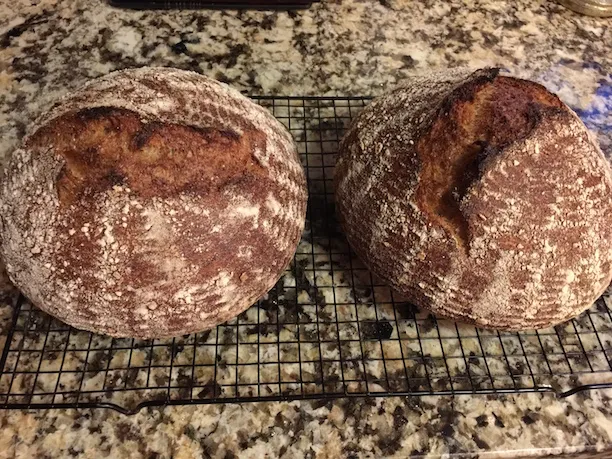European Peasant Loaf from Artisan in 5

I received Artisan Bread in Five Minutes a Day from a friend as a thank you and decided to give it a shot with the European Peasant Loaf. I was very pleasantly surprised at the results. I followed the outlined method pretty closely aside from throwing in a tablespoon of sourdough starter in addition to the yeast (1tbsp) and baking it in a dutch oven rather than on a stone with steam.
